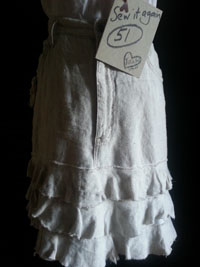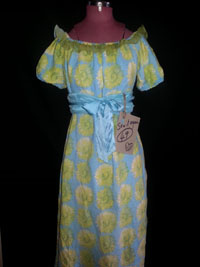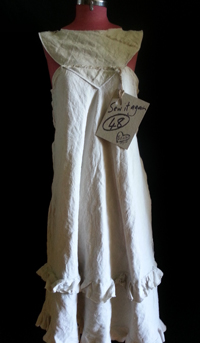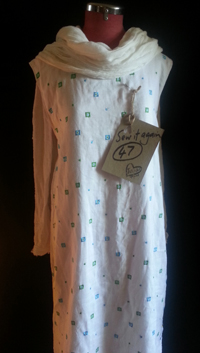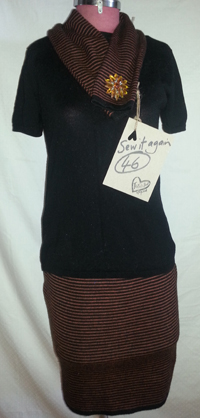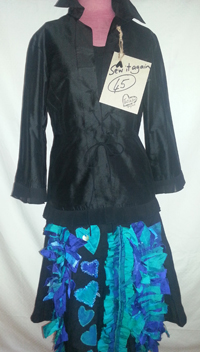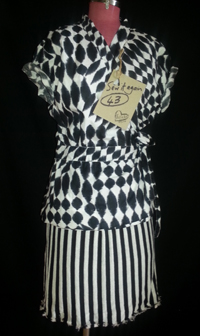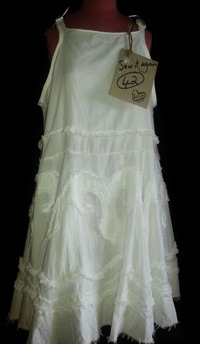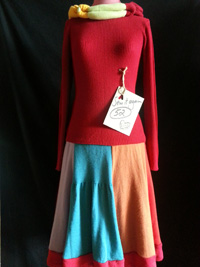 This history skirt is refashioned from pieces of eight wool jumpers, with another jumper as waistband and hem.
This history skirt is refashioned from pieces of eight wool jumpers, with another jumper as waistband and hem.
Being winter in the northern hemisphere, I’m doing some woolly upcycles since there’s growing interest in sewitagain.com from United Kingdom, Italy and United States.
Nothing is ever entirely original in this world it just evolves from something or somewhere. In his book Think! Before It’s Too Late, Edward De Bono says the human brain is designed to set up routine patterns and to use and follow these patterns.
He says all valuable creative ideas will be logical in hindsight. Creativity is not a mysterious gift or special talent – it is the behaviour of a self-organising information system that makes asymmetric patterns (the brain). Continue reading
